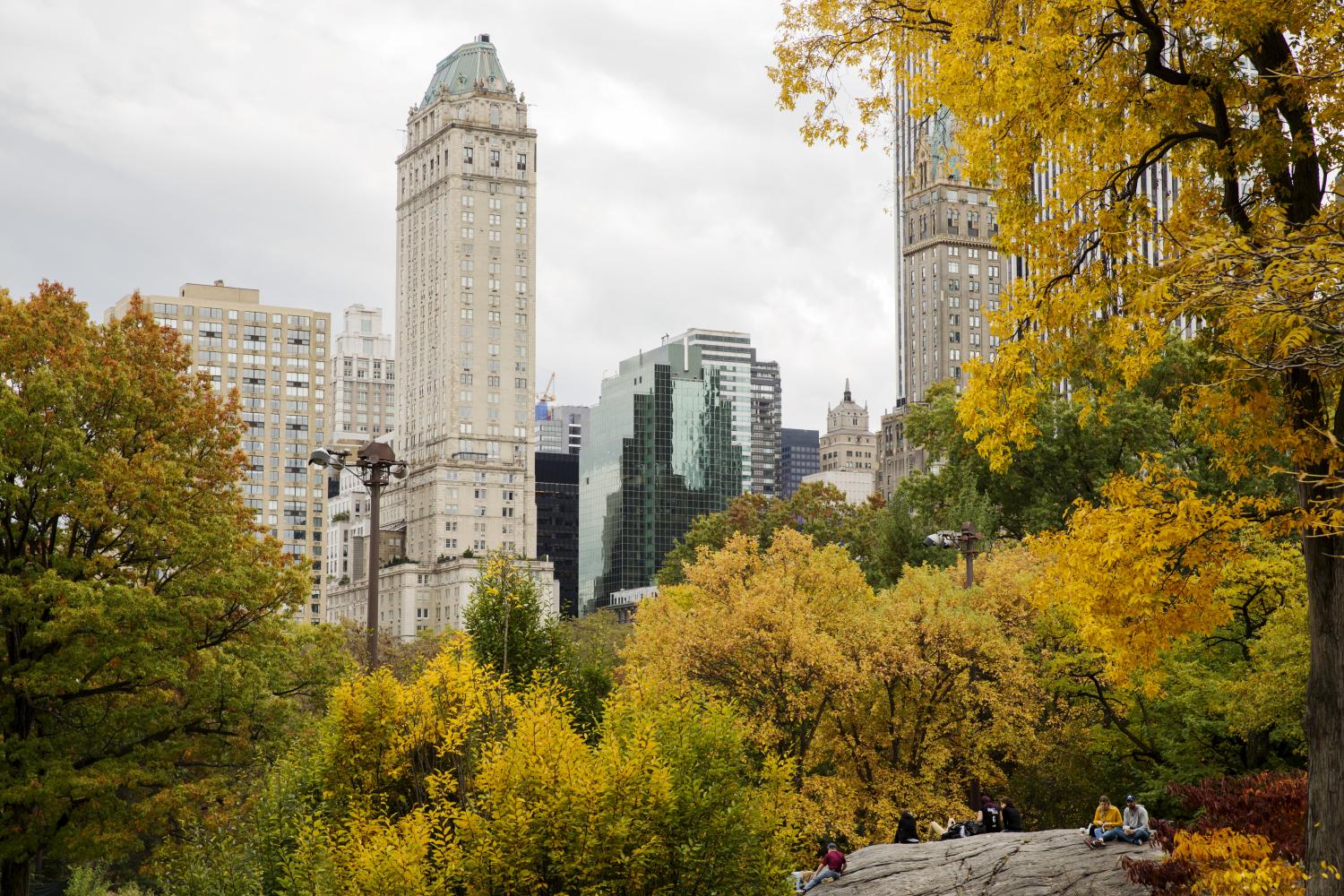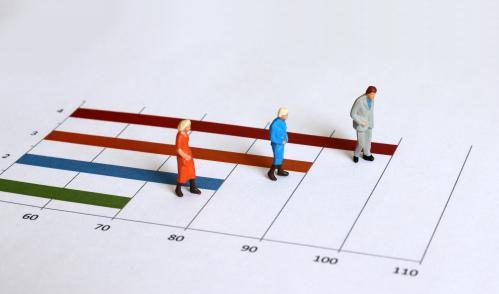Income and opportunity are increasingly unequally shared in the United States. It turns out that there are also significant inequalities in happiness, stress, and optimism about the future, as noted previously on this blog. The poor have lower levels of life satisfaction than the rich, they are far more likely to experience high levels of stress and worry, and they are far less optimistic about the future. They are also less likely than the rich to believe in the American Dream: that hard work can get them ahead.
An important question is how far these inequalities relate to each other. One of most well-known connections is the one between income inequality and intergenerational mobility, labeled the “Great Gatsby Curve” by Alan Kreuger. The idea behind the curve is that inequality in parental incomes (and other means) will result in even greater inequality for their children, as children’s opportunities are increasingly linked to their parents’ means. It is a powerful and intuitive idea, though it remains controversial, as our own recent series demonstrated. Recent work by Raj Chetty and his colleagues offers some support, however, showing a strong negative relationship between inequality in parental income in different cities and the probability that a child born at the 25th percentile of the income distribution will move up the income ladder.
A NEW “GATSBY CURVE”?
The poor experience more stress than the rich in the U.S., as our earlier work shows. But the negative impact of stress on their well-being is also greater. Stress related to constant daily struggles and uncertainty results in short time horizons and difficulty investing in the future. The stress experienced by the rich, meanwhile, is more likely to be mediated by goal achievements and investments in education. There is a big difference between being stressed about making rent and being stressed about a college application or work deadline. The different kinds of stress experienced in rich and poor households will inevitably affect children in quite contrasting ways. Thus the gaps between the life outlooks of the poor and the rich are likely to grow greater.
The poor experience more stress than the rich in the U.S., as our earlier work shows. But the negative impact of stress on their well-being is also greater.
But what is the relationship, if any, between income inequality and inequality in these other social dimensions? To address this question, we analyze data from Gallup and the American Community Survey at the level of cities and surrounding environs—specifically Metropolitan Statistical Areas (MSAs).
STRESS, WORRY, AND INEQUALITY
First, we examine the relationship between income inequality, measured using the Gini coefficient, and the average incidence of stress and worry—two variables which reflect daily struggles and difficulty planning for and investing in the future. The average incidence of stress is higher in more unequal metropolitan areas:

Looking at the relationship geographically confirms the pattern. The larger red dots indicate more stress and the darker shaded areas have higher income inequality:

The same basic relationship holds for levels of worry and income inequality:

And again, this can be mapped across the country:

Of course there could be other variables at work here, driving both inequality as well as stress and worry. But we also find that inequality in these variables—for example, the rich-poor differential—is greater in MSAs with higher income inequality. The main explanatory factor was a higher concentration of both stress and worry among the poor in more unequal MSAs. Stress levels among the rich, by contrast, were essentially the same across cities. It is harder to be poor, it seems, in unequal places.
SOCIAL SUPPORT AND INEQUALITY
Social support acts as a protective shield against stress and worry: friends, family, and other social networks where people can turn in times of need. These networks serve as a particularly important safety net when formal mechanisms—ranging from stable jobs to health insurance—are weak. Social networks tend to be stronger in societies with higher average levels of well-being: the same is true of trust levels. New experimental research also suggests that trust and social networks can be undermined by visible manifestations of inequality.
Is there a relationship between levels of perceived social support and income inequality? Yes. The proportion of respondents reporting that such safety nets existed is inversely correlated with MSA-level inequality:


We also found that both the rich and the poor were less likely to report that they had such social support in more unequal cities, suggesting that there is less social cohesion (or belief in such cohesion) in places with greater inequality. (The correlation coefficient was slightly more negative for the poor: -0.14, than for the rich: -0.12.) Thus in more equal cities, virtuous cycles—less stress and worry, and more social support—reinforce each other, while in less equal ones, more stress and worry co-exist with less social support:

Like your home town? Depends on the rich-poor gap
We also explored whether respondents’ satisfaction with the city they lived in also varied by inequality levels. Not surprisingly, given the above findings, there are lower levels of city satisfaction and a higher rich-poor differential in levels of satisfaction in more unequal places. The difference is again largely driven by the poor, who are less satisfied in more unequal cities:


Respect and inequality
Finally, we looked at a variable of respect (the specific question is “Were you treated with respect yesterday?”) and found a positive correlation with the MSA level Gini coefficients. But in contrast the other variables, this relationship was mostly about the rich—where the positive correlation was significant—rather than poor. Rich people are more likely to feel that they were treated with respect in places with higher levels of inequality but the poor were not.
Place and income inequality matter
Correlation is not causation, and there are un-observable differences across MSAs which could also be correlated with more stress, weaker social contracts, and lower levels of satisfaction with place, which could also be features of high levels of inequality. We cannot prove whether it is inequality per se—or some features of it—driving our findings. But we do show a clear negative association with well-being across several dimensions. It is also possible that the small number of observations in some of the MSAs introduce some bias: although our results held when we included only MSAs with over one hundred observations for each of the poor and rich subgroups.
Our “Gatsby curves” highlight how more unequal places have bigger gaps between the rich and poor in stress and worry levels, social support mechanisms; in satisfaction with place; and in feelings of respect. To the extent that the stress experienced by the poor is largely driven by daily struggles and a related inability to plan for and invest in the future, and the stress experienced by the rich is associated with goal achievement such as in education, then the differences between the poor and the rich—and their children—may only grow larger. Weaker social networks and safety nets in more unequal places may provide yet another channel that can perpetuate and increase those differences.
Both place and income inequality matter for social mobility.
Both place and income inequality matter for social mobility. Understanding how inequality varies between places—and the potential impact of that inequality—is an important step towards restoring opportunity.





